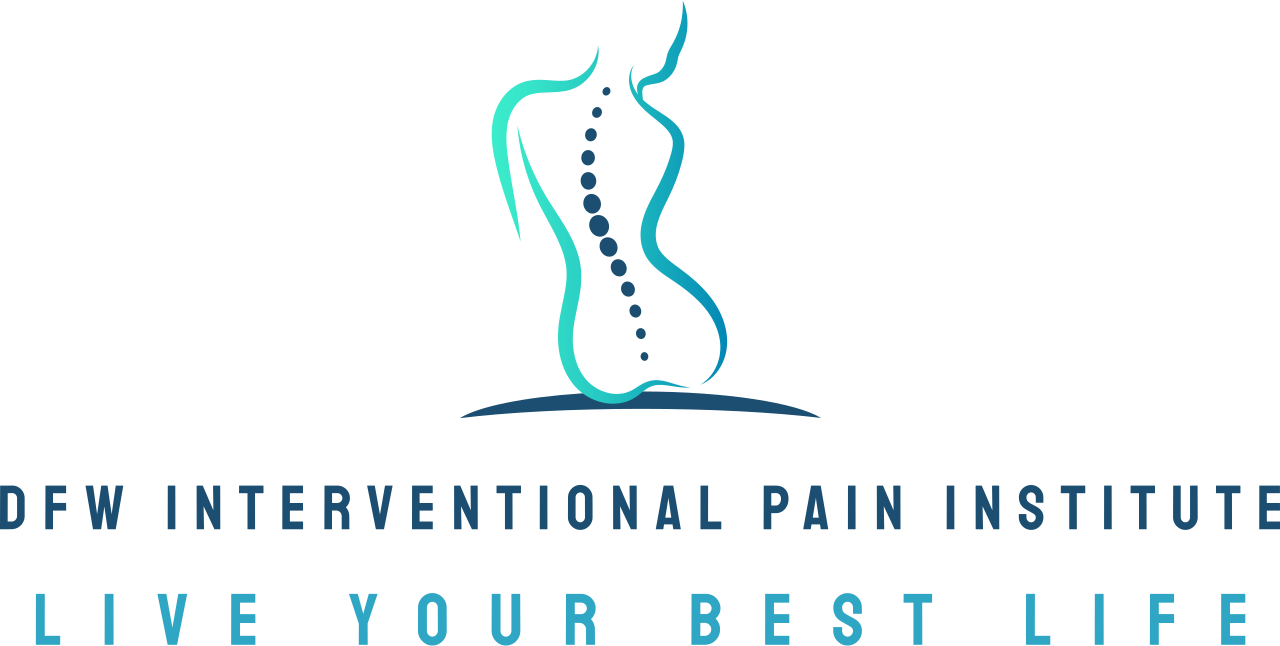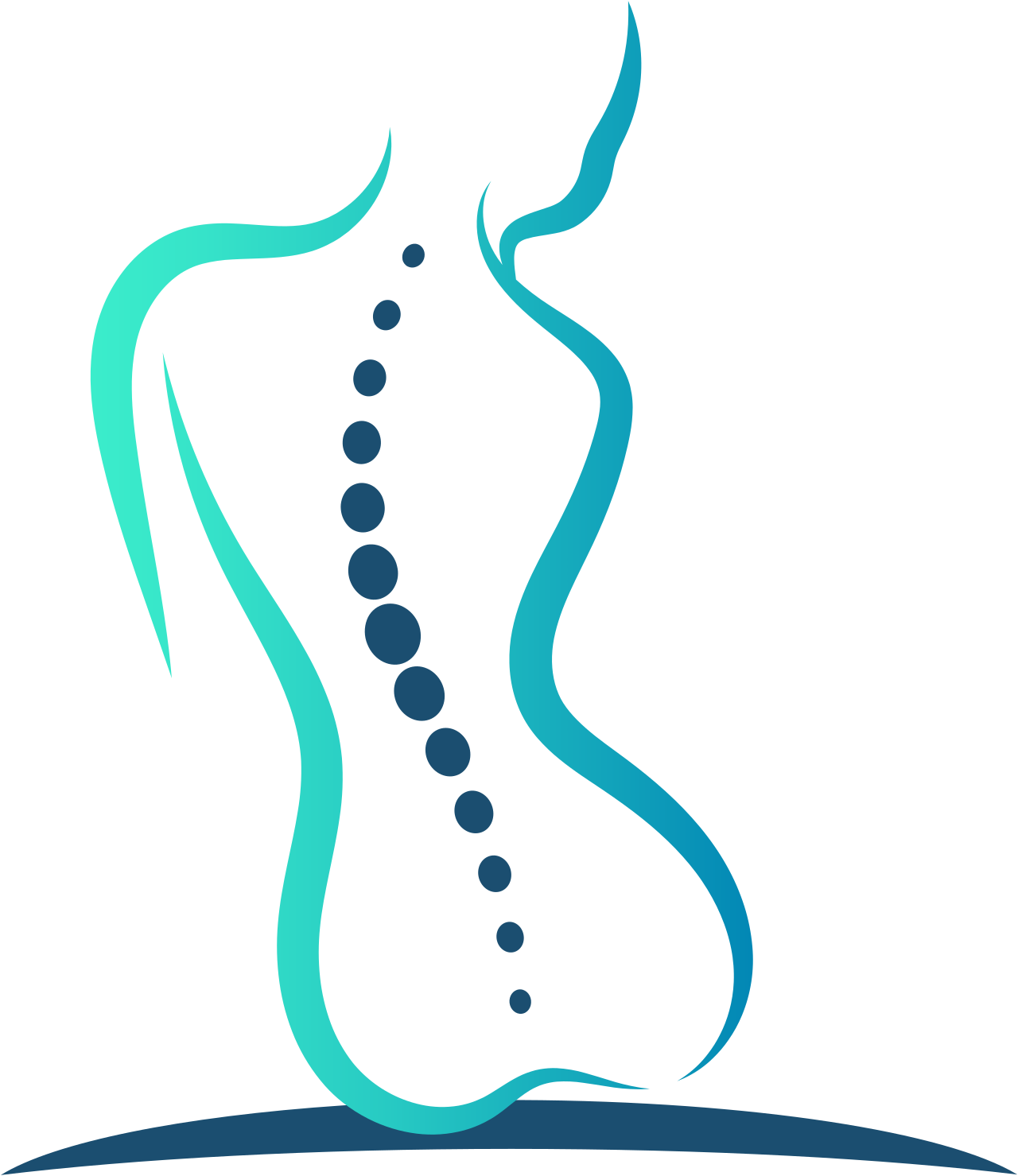5 habits to reduce pain in 2025
If you’ve been dealing with ongoing discomfort, this blog post will explore five practical habits, rooted in the latest research, that can help reduce pain in 2025. Alongside these habits, we’ll share actionable tips to make them part of your daily routine and help you take the first step toward a healthier, more comfortable life.
What’s new in pain management in 2025?
Chronic pain treatments have advanced significantly over the years, and 2025 might be one of the most exciting years ever. Top trends and research shaping pain management today include minimally-invasive treatment innovations, wearable technologies for real-time pain monitoring and greater recognition of holistic treatment approaches. For example, the importance of physical and mental health as interconnected parts of pain management has gained immense traction in recent years.
According to studies published in leading medical journals, lifestyle changes play a vital role in how pain is managed on a daily basis. This isn’t just about temporary relief but about building habits that actively work to minimize pain symptoms long-term. Dr. Edrick Lopez, our physician at DFW Interventional Pain Institute, wanted to be sure to share 5 tips that you can start taking in 2025 to reduce and manage chronic pain. These are great for our current patients as well as anyone who has been suffering from chronic pain and wants to make changes to their current habits in order to minimize that pain.
5 habits to reduce and manage chronic pain
Below are five essential habits you can cultivate for better pain management in your daily life. These habits are supported by both scientific research and the lived experiences of patients.
1. Stay active with guided movement
While moving might feel counterintuitive when you’re in pain, gentle, guided physical activity is often one of the best tools for managing chronic pain. Exercise encourages blood flow, strengthens muscles, and releases endorphins, which naturally reduce sensations of pain.
Examples of guided movement to reduce pain:
Low-impact activities like walking, swimming or yoga
Physical therapy exercises prescribed by a professional
Stretching routines to improve flexibility and reduce stiffness
A professional physical therapist or even mobile apps now available can create personalized routines based on your pain areas and limitations.
2. Prioritize a healthy, anti-inflammatory diet
What you eat plays a significant role in your body’s inflammatory response, which can directly affect pain levels. Incorporating anti-inflammatory foods into your diet can help reduce chronic pain while improving overall health.
Foods to include in your anti-inflammatory diet:
Fatty fish like salmon or mackerel (rich in omega-3 fatty acids)
Leafy greens such as spinach and kale
Nuts, seeds and olive oil
Fruits like berries, cherries, and oranges
Reduce your intake of processed foods, refined sugars and saturated fats, as these can worsen bodily inflammation and pain.
3. Practice mindfulness and relaxation techniques
Chronic pain isn’t just a physical experience—it can take a toll on mental health, too. Stress often amplifies the sensation of pain. Mindfulness and relaxation techniques can calm your nervous system, helping to bring balance to both body and mind. Practices like deep breathing or meditation have been shown to alleviate pain perception.
Techniques to explore:
Guided meditation apps like Calm or Headspace
Deep breathing exercises, such as diaphragmatic breathing
Body scanning techniques to relax tense areas
Progressive muscle relaxation techniques
A simple 5 to 10 minutes dedicated to mindfulness daily can transform how you perceive and manage chronic pain.
4. Create a regular sleep schedule
Pain can disrupt sleep, forming a vicious cycle where poor rest worsens pain sensitivity. Regaining control of your sleep schedule is one of the most effective ways to reduce this effect. Sleep not only restores the body but also strengthens your emotional resilience against pain.
Tips for better sleep:
Maintain the same sleep and wake times daily, even on weekends.
Limit screen time at night to avoid blue-light disruption.
Practice a relaxing bedtime routine, like journaling or listening to soft music.
Discuss persistent sleep issues with your doctor.
Quality sleep allows your body’s own pain defense mechanisms to function more effectively.
5. Engage with social support and community
Living with pain can feel isolating, but staying socially connected can boost your emotional resilience. Research shows that people with strong support networks often report better pain management.
How to build support systems for better pain management:
Join support groups, either online or in person, with others who understand what you’re going through.
Share your concerns with trusted loved ones.
Participate in hobbies or clubs that make you feel engaged and included.
Consider connecting with pain management communities (like forums, social network groups or organizations) to gain insights and tips from others walking a similar path.
How to integrate these habits into your routine
The key to making these habits stick is to approach them gradually. Start small—add 10 minutes of guided movement to your day or swap one sugary snack for fruit. Build up consistently rather than trying to overhaul your entire routine overnight.
Additionally, leverage tools like habit-tracking apps, visual reminders around your space, or rewards for staying consistent. Over time, these small steps turn into meaningful progress.
Take your pain management strategy further
Managing chronic pain isn’t a one-size-fits-all approach. Building better habits can significantly improve your quality of life, but sometimes, professional intervention is necessary.
Here at DFW Interventional Pain Institute, Dr. Lopez and our experienced team are dedicated to crafting personalized, effective pain management plans tailored to your lifestyle and goals. Whether it’s advanced medication, physical and psychological therapies, or minimally invasive procedures, we provide care that works for you.
Our philosophy is simple—you don’t have to live with pain. Through a combination of expert intervention and lifestyle improvements, a pain-free future is possible.
Need help managing your pain?
Contact DFW Interventional Pain Institute today to take the first step toward living a fuller, more comfortable life.

